1. Hot ’n Now
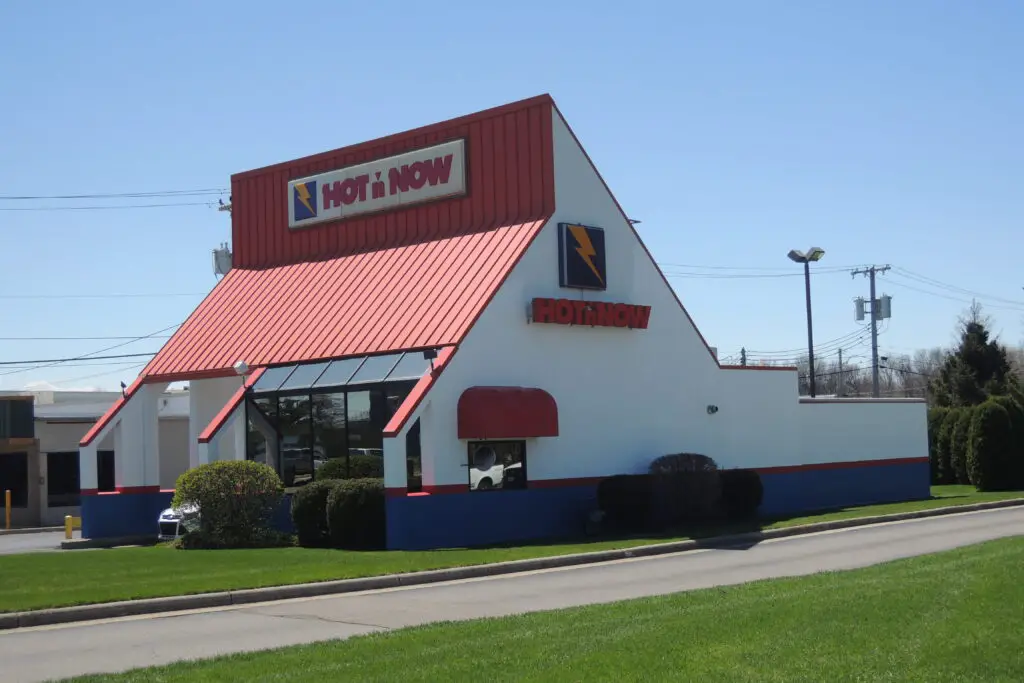
Hot ’n Now was a fast-food chain that popped up in the early ’90s, known for its crazy low prices and a no-frills menu. They offered burgers and fries at just 39 cents, which was practically unheard of back then. The idea of budget-friendly fast food without compromising speed was something that felt very modern, especially now with the focus on value menus. Despite its popularity, Hot ’n Now struggled to compete with bigger chains and eventually faded away shares Wikipedia.
What’s wild is how Hot ’n Now’s pricing strategy anticipated today’s dollar menus and value deals. Plus, their stripped-down, grab-and-go model feels like a precursor to today’s minimalistic fast-food concepts. If it had been around today, it might have found a niche with cost-conscious customers and busy lifestyles. It’s one of those chains that just might have been too early for the market adds the Detroit Free Press.
2. Burger Chef
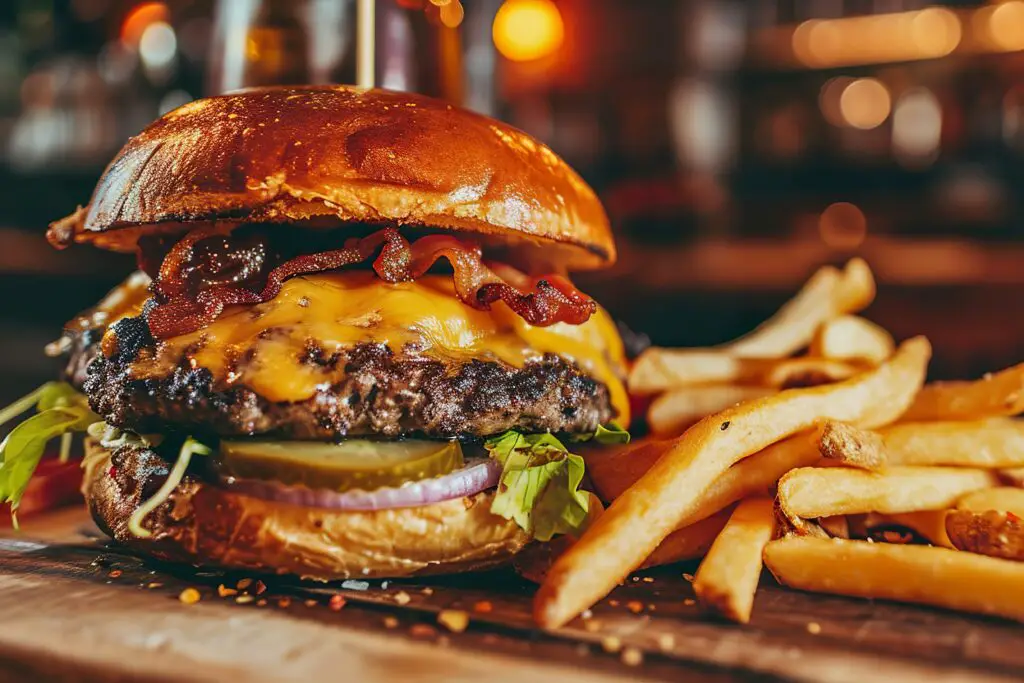
Burger Chef was a major player from the ’50s through the ’80s but eventually vanished from the scene. What made it stand out was its early adoption of kids’ meals with toys, way before McDonald’s Happy Meal took over. They also pioneered drive-thru windows and self-service soda fountains, innovations that are now standard in fast food. Burger Chef was really about convenience and family-friendly dining says Reddit.
It’s kind of crazy to think Burger Chef was laying the groundwork for the fast-food culture we know today. The chain’s innovations were way ahead, but competition was fierce, and it just couldn’t keep up. Its disappearance is a reminder that being first doesn’t always guarantee long-term survival, even when you’re pushing the industry forward shares Chowhound.
3. Chi-Chi’s
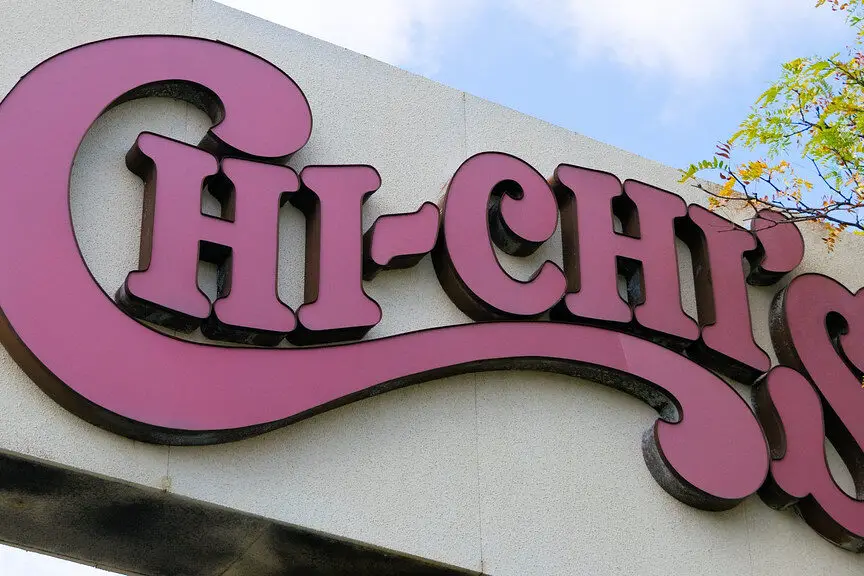
Chi-Chi’s was that go-to spot for Tex-Mex before everyone was obsessed with Mexican food. Long before the trend exploded, they were serving up fajitas and margaritas with a casual vibe that felt fresh for the ’70s and ’80s. Their communal dining style and festive atmosphere made eating out feel like a mini celebration. Today, that kind of experience is hugely popular, but Chi-Chi’s just couldn’t maintain its momentum.
Unfortunately, Chi-Chi’s ran into some tough times and a major health scare that damaged its reputation beyond repair. But if you think about it, the chain was way ahead of its time in tapping into a crave-worthy cuisine and social dining experience. It’s like they were the blueprint for many Tex-Mex restaurants you see now.
4. Sbarro
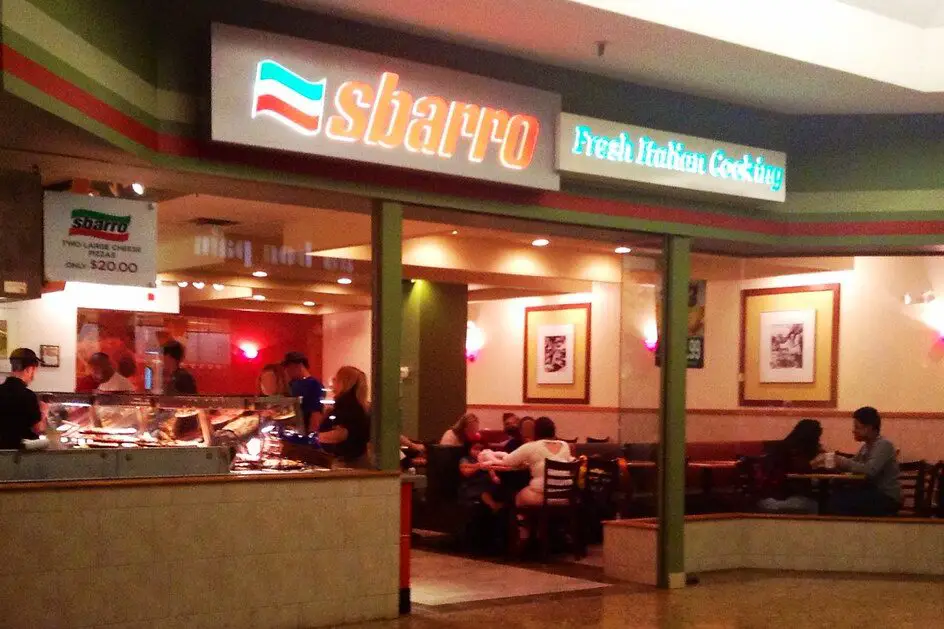
Sbarro once ruled the food courts with its giant pizza slices and quick Italian eats. They nailed the concept of fast casual pizza, offering something quick, tasty, and shareable. While Sbarro’s popularity has waned, their approach of focusing on grab-and-go pizza was innovative for its day. It anticipated today’s obsession with fast, convenient, and customizable meals.
The rise of food courts and mall culture gave Sbarro a huge advantage initially, but as mall traffic declined, so did the chain. Still, their model of quick, casual Italian food feels like it set the stage for modern fast-casual chains. They were ahead in making pizza a fast-food staple outside traditional pizzerias.
5. Kenny Rogers Roasters
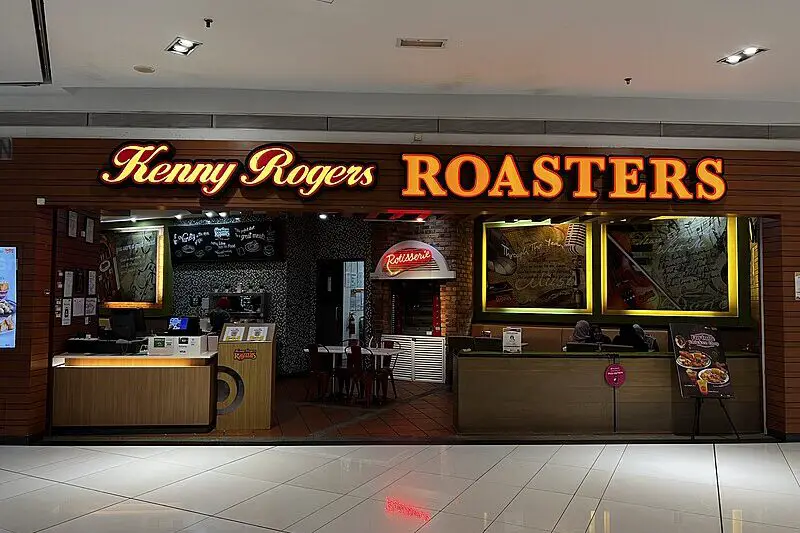
Kenny Rogers Roasters came on the scene with a focus on healthier grilled chicken options when fried fast food was king. They served up rotisserie chicken with sides that felt a little more wholesome, which was unusual at the time. This focus on better-for-you options anticipated the health-conscious trends that exploded decades later. They combined comfort food with a nod to nutrition before it was trendy.
Despite their forward-thinking menu, they couldn’t outpace the big fried chicken brands like KFC or Popeyes. But their vision of combining taste and healthiness definitely foreshadowed the direction fast food would take. It was one of the first chains to challenge the greasy stereotype of quick meals.
6. Farrell’s Ice Cream Parlour
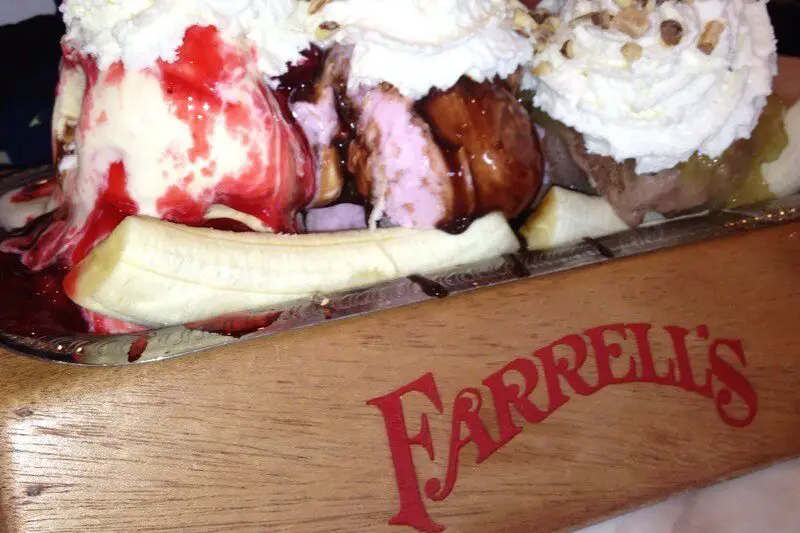
Farrell’s Ice Cream Parlour was more than just a place to grab a sweet treat; it was an experience. They created a lively, over-the-top atmosphere with servers singing and large, crazy ice cream sundaes that made any visit feel like a party. In a way, they predicted today’s trend toward experiential dining, where the fun of eating out is just as important as the food.
Sadly, Farrell’s couldn’t keep up with changing tastes and competition from more casual dessert spots. Still, the idea of combining entertainment and dining is a concept that has exploded in popularity. Their model paved the way for places that make eating out memorable beyond just the menu.
7. Ponderosa Steakhouse
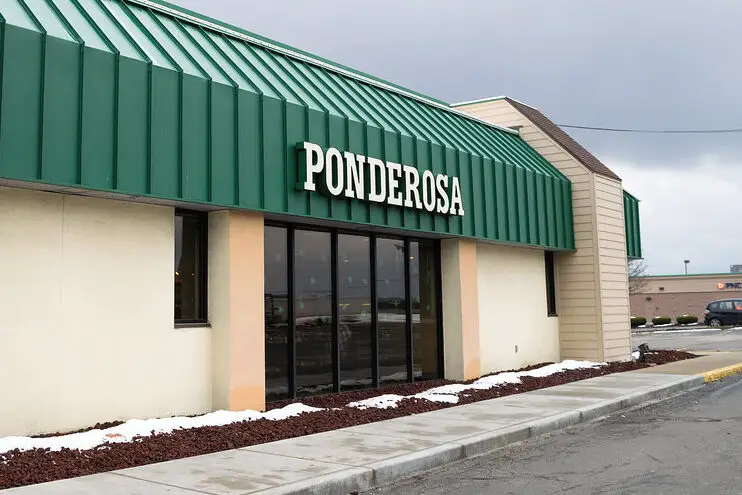
Ponderosa Steakhouse was one of the early buffet chains, offering unlimited food in a casual setting. The idea of all-you-can-eat was novel for many families and groups who wanted variety and value. Their model anticipated today’s love of buffets and casual, family-style dining. They created a space where everyone could find something they liked without breaking the bank.
The buffet model eventually faced criticism for food waste and changing dining preferences, which led to many locations closing. However, the concept of affordable, plentiful food with a relaxed atmosphere was definitely ahead of its time. Ponderosa helped normalize buffets as a dining option for many.
8. Howard Johnson’s
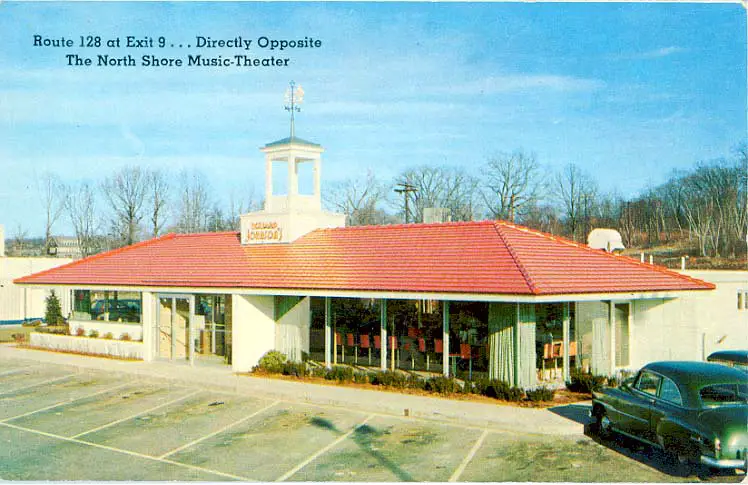
Howard Johnson’s was once a giant in American dining, famous for its bright orange roofs and classic menu staples. They were pioneers in highway travel dining, catering to families on the go with consistent food across all their locations. This predictability and convenience were forerunners to the modern roadside diner and fast food chains. Their presence along highways was a lifeline for travelers looking for comfort food.
What’s surprising is how this concept shaped travel dining before interstate chains like McDonald’s took over. Howard Johnson’s decline shows how quickly tastes and business models can shift, but their role in American dining history is undeniable. They really set the bar for family-friendly road trip stops.
9. Gino’s
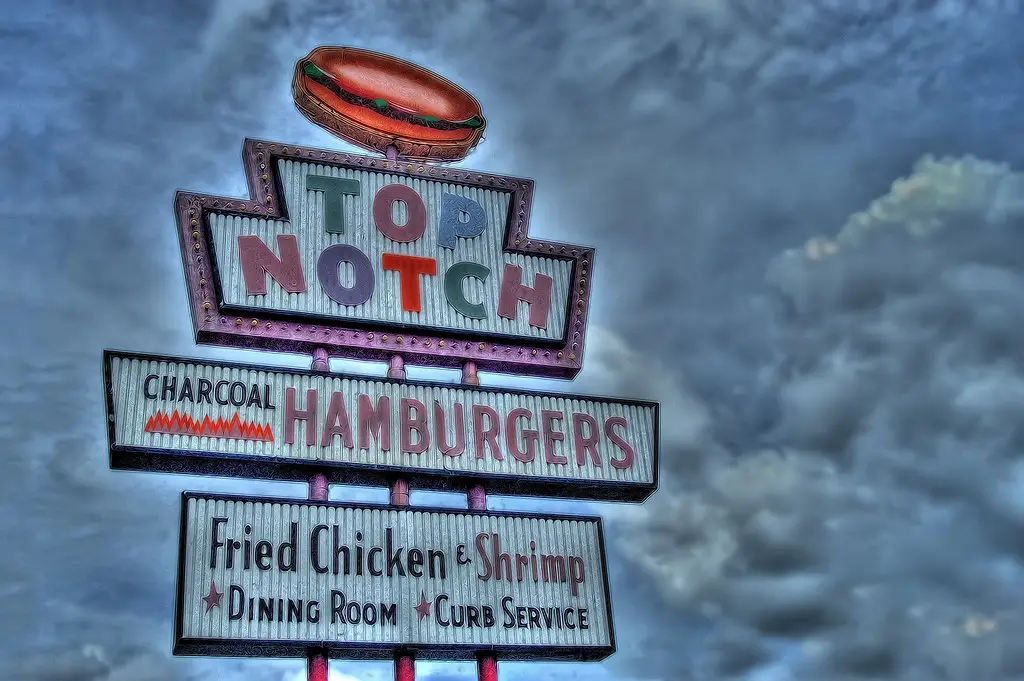
Gino’s was a regional chain mostly famous in the Mid-Atlantic for combining fast food with Italian flair. Their menu mixed burgers and fries with Italian staples like spaghetti and meatballs, blending comfort with convenience. This hybrid concept feels very modern, anticipating today’s fusion restaurants that don’t box themselves into one category. Gino’s was about variety and satisfying different cravings under one roof.
The challenge was staying competitive as specialized chains grew stronger. Gino’s eventual disappearance doesn’t diminish how they experimented with menu diversity long before it became the norm. It’s a reminder that mixing genres in food isn’t always easy, but it’s often ahead of its time.
10. Cici’s Pizza
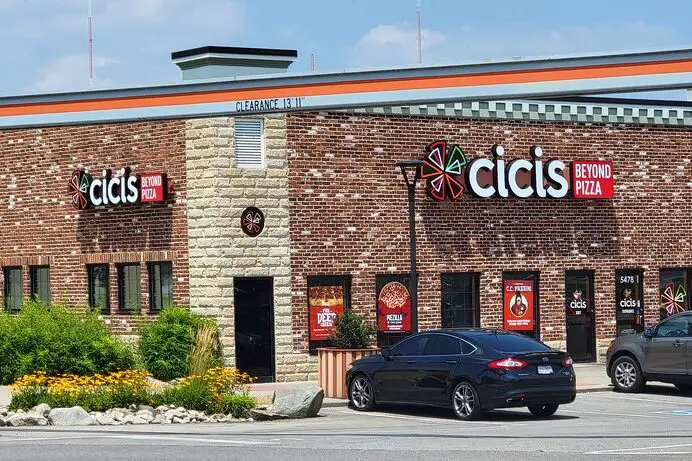
Not to be confused with the Tex-Mex chain, Cici’s Pizza was a mid-’70s to ’80s chain known for its huge, thick-crust pizzas and casual vibe. They offered pizza that was almost like a meal in itself, with hearty toppings and generous slices. Their take on pizza was a bit different from the thin-crust trend, catering to people who wanted something filling and flavorful. This style paved the way for later pizza chains that focused on thick crust and deep dish.
Though it faded away, Cici’s Pizza influenced how regional pizza styles could thrive in the national market. They were ahead of the curve in recognizing there wasn’t just one “right” kind of pizza. Their approach to pizza variety feels relevant in today’s diverse pizza scene.
11. Gatti’s Pizza

Gatti’s Pizza was a Texas-based chain that mixed pizza with a family-friendly atmosphere, often featuring game rooms and arcade-style entertainment. This combination of food and fun was an early form of what we now see in pizza chains like Chuck E. Cheese. They understood the value of creating a place where kids could eat and play, making family outings easier and more entertaining.
Although Gatti’s has mostly disappeared, the idea of pairing casual dining with entertainment has become hugely popular. They were ahead of their time in blending a restaurant with an activity center, anticipating today’s focus on experiential dining. Their model still resonates with families looking for more than just a meal.
12. Howard Johnson’s Ice Cream
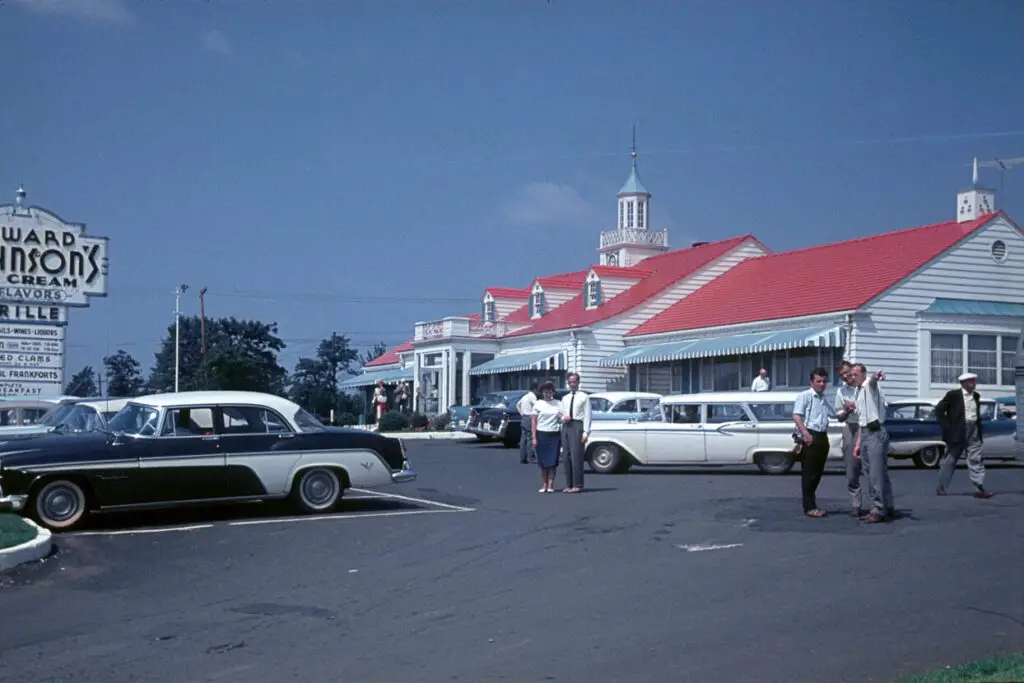
Howard Johnson’s wasn’t just about food; their ice cream stands were a destination for classic American treats. Before gourmet ice cream became a craze, Howard Johnson’s offered a reliable and beloved selection of flavors, including the famous “28 flavors.” This focus on quality and variety set the stage for the modern specialty ice cream shop boom. They made ice cream a fun and accessible indulgence.
Though their ice cream stands have mostly disappeared, their influence lingers in how people think about ice cream as a treat to be enjoyed anywhere. They helped elevate ice cream beyond just a dessert to a cultural icon. Howard Johnson’s ice cream was ahead of its time in making frozen treats a nationwide craving.
